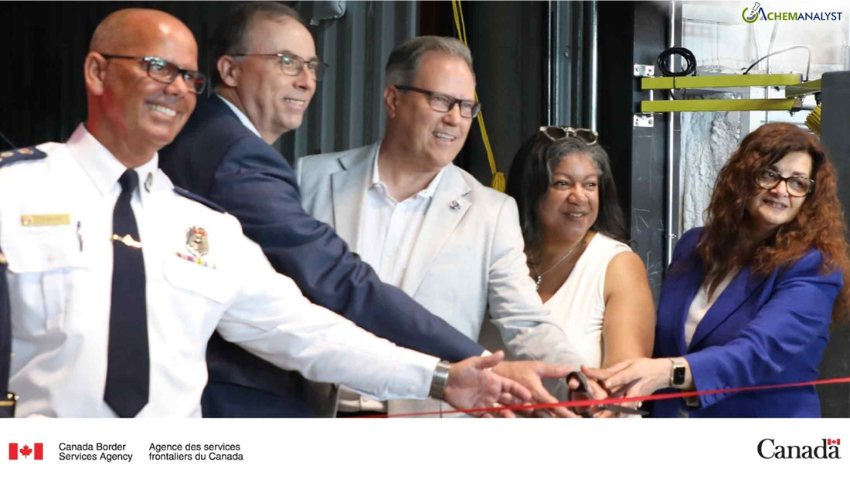Welcome To ChemAnalyst

1 This new facility, a collaborative investment between the Halifax Port Authority and the Government of Canada, promises to significantly improve efficiency, security, and environmental sustainability at the Port of Halifax.
The Canada Border Services Agency (CBSA) and the Halifax Port Authority today marked a significant milestone with the official opening of the Africville Seasides Marine Container Examination Facility (MCEF). This state-of-the-art, $25 million facility, located directly on Port of Halifax property, promises to revolutionize how high-risk shipping containers are screened, bolstering national security, streamlining trade operations, and setting new benchmarks for environmental sustainability in port infrastructure.
Construction on the 2,700 square-meter facility, a joint investment from the Halifax Port Authority and the Government of Canada (including $7 million from Transport Canada's National Trade Corridors Fund and $879,000 from the CBSA), commenced in summer 2022 and reached completion in early April 2025, with operations commencing on April 7, 2025. This placement of the MCEF directly within the port significantly reduces container truck traffic and associated emissions, a notable improvement over the previous off-site examination warehouse that required containers to be transported across the MacKay Bridge.
The Africville Seasides MCEF is designed to enhance the efficiency, safety, and security of CBSA employees and operations. It features 10 examination bays where CBSA officers will conduct thorough inspections of high-risk shipping containers. These examinations are critical in the ongoing fight against illicit activities, with border services officers regularly intercepting large quantities of illegal drugs and stolen vehicles. The facility is also equipped with a modern truck gate featuring electronic scanners.
Beyond its operational benefits, the MCEF stands as a beacon of sustainable infrastructure. It has achieved Envision-Verified project status, scoring an impressive 26% above industry standards under the Institute for Sustainable Infrastructure rating system. This achievement is attributed to a host of innovative features, including a solar photovoltaic system that contributes to the building's energy needs and a rainwater harvesting system for water conservation. Furthermore, sustainability was integrated into the construction process itself, with contractors required to submit a Construction Sustainability Checklist as part of their tender, and a Contractor Tracking Tool implemented for earthworks, materials, energy, and water use. The facility also boasts motion-activated LED fixtures, in-floor radiant heating, a building generator for backup power, and EV charging stations, all contributing to its reduced environmental footprint.
We use cookies to deliver the best possible experience on our website. To learn more, visit our Privacy Policy. By continuing to use this site or by closing this box, you consent to our use of cookies. More info.
